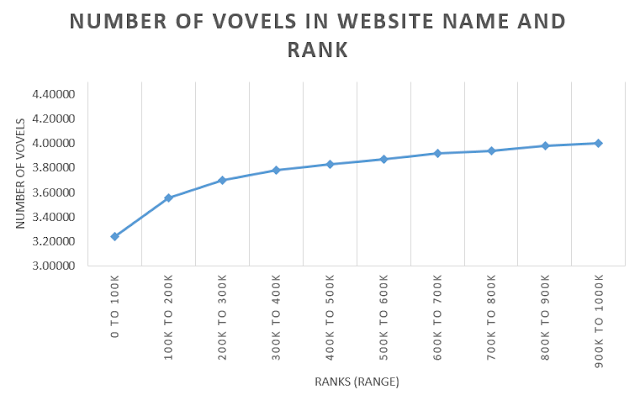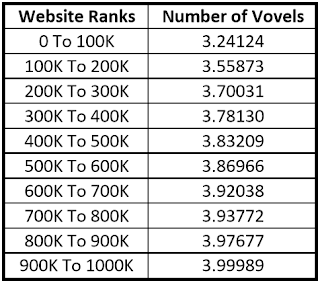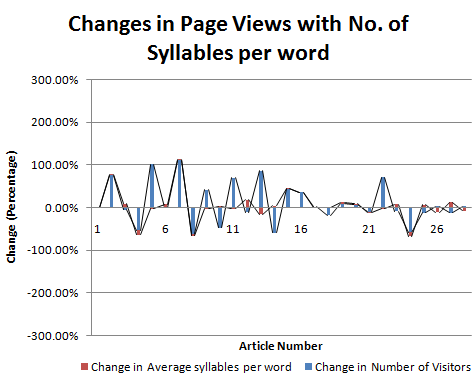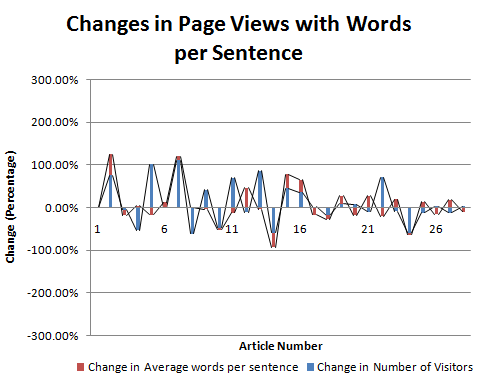
Ever thought, How many vowels are present in award winning successful website names? How are these websites named?
Of-course if you think about it, the answer seems pretty clear at first. When you name a website, it has to have enough letters to make a meaningful yet logical impression on the viewer's mind.
However, a name that is long taxes the memory of the viewer and it is unlikely you'll see him visiting your website anytime soon, if you have a website name such as, "cuteandfunnywebsitenames"
But if you have a website name that is a single syllable or contains negligible characters, it would fail to register on the memory of the viewer. Another reason why website names with the least number of characters are uncommon and hard to use is because, they're expensive.
A study on the length of website names can be found at one of our previous articles on number of characters in website names for top million websites.
But what about the number of vowels?
Is there a thumb rule for how many vowels should a website name contain? A larger number of vowels would entail a larger number of syllables. And as seen from one of our previous articles on the relation between page views and syllables (An Experiment on readability), that a larger number of syllables mean a higher degree of complexity in the word itself. So larger number of vowels are not good. But what about lesser number of vowels? Words like ted, bed, cup etc seem like a good choice considering a single vowel and a memorable word.
The problem with words containing lesser number of vowels is that the words created from them are often too memorable. Which often triggers too many memories and associations in your brain leading to a hazy link between the website name and the content that you viewed. Also vowels are often associated with moods too. For example, the vowel 'i' is often associated with a happy mood. You can find more about the vowels and the moods they elicit at Dailymail or you could try how brands name themselves.
Observations
while both extremes are not good, Let us find what do the top million websites do. As is evident from the graph below, all websites have an average of 3-4 vowels in their names.
The top 100k even have an average of 3.2. This average further moves towards 4 letters when we move towards the higher end of the million.
Conclusions
Though higher number of vowels in website names aren't good, the lower number of vowels also pose a certain risk to the website image.As per the analysis, codemakit recommends 3-4 vowels in your website name.
Related Reading,
Check out Part 1 of the series, Website Name Trends in the Top Million WebsitesCheck out Part 2 of the series, Length of the Top Million Website Names
This was about,





















































.png)

.png)